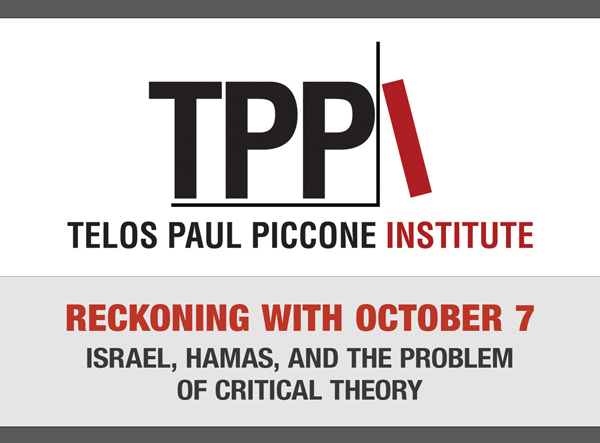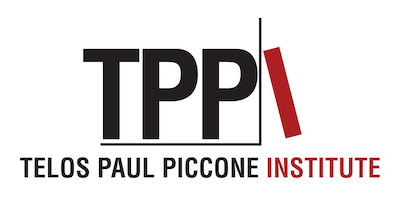 Our tour began at the central train station in Tel Aviv. My colleagues and I were delighted to see the members of our board as well as several others in the field of international relations. While waiting for our bus to arrive, we engaged in pleasant conversation. As we boarded the bus to begin our descent to Kfar Aza, I noticed that the sky was emblazoned with a beautiful double rainbow.
Our tour began at the central train station in Tel Aviv. My colleagues and I were delighted to see the members of our board as well as several others in the field of international relations. While waiting for our bus to arrive, we engaged in pleasant conversation. As we boarded the bus to begin our descent to Kfar Aza, I noticed that the sky was emblazoned with a beautiful double rainbow.
Once on the bus, the conversation quickly turned to our musings on the war and the future of the region. As those who attended were quite knowledgeable, it was a pleasure to listen to their erudite analysis. Conversation quickly subsided once we drove past the area in which the cars from the Nova party were parked. The enthusiastic conversation died down, and everyone looked slack-jawed upon the cenotaph. The rest of the journey was quieter.
Upon arriving at the Kibbutz, there was a palpable change in mood from when we had first departed. Though faces of those in attendance were concealed by the benches on the bus throughout the journey, it was now clear that their expressions had hardened. We donned our vests and helmets, and set out.
We were greeted by the sounds of artillery fire in the distance—evidence of Israel’s desperate campaign to keep its citizens safe. As we walked through the increasingly burned and bombed streets, the clouds gray and heavy above our heads, it was like descending into another world.
The streets were rubble, littered with the belongings of the few who were lucky enough to flee and the many who were not. The houses were burnt and, in some cases, bombed, their windows and doors turn into gnarled fissures. Out of time, Sukkkot still stood outside some of the buildings, grim reminders of the abruptness and terror of this blitzkrieg. Adorned on many of the buildings were symbols—a dot surrounded by a circle. When I asked our military guide, she said that it denoted that bodies were found in those homes. Most of the buildings were marked this way.
Suddenly, it became real. Of course, none of us were under the illusion that October 7th was anything less than a monstrous tragedy. However, it was almost as if we could feel the blood seep out of the ground with every step.
The tour ended with a brief entrance into the home of one of the victims, whose name I will not share here. It was exactly as she had left it. Food had been left out, clothes were strewn about. Apart from grief for the victims and their families, and dread for how this war would continue, I found myself feeling something new. I felt uncomfortable with what I was doing. The moment I stepped into this person’s room, I felt like a voyeur. I had entered the room of someone I did not know. While we of course had the permission of the family, I did not have her permission.
Was it worth it? That is not a given. At face value, this experience may be examined as would the morality of going to a Nazi concentration camp. After all, thousands of people visit those sites every year. But it is not exactly the same thing. Though the wounds we as a people suffered during the Holocaust will never fully heal, they are not quite as raw as those sustained during the Black Sabbath. It could be argued that a tour like this is disrespectful of the dead and captured—a sentiment I have encountered.
I choose to look at it differently, however. When tragedy strikes, it is everyone’s duty to help however they can—something that the Israeli people have done with great unity and focus. But it is also the duty of all to behold that tragedy in order to fully comprehend its scale and the true suffering it caused. Only then can this calamity truly be understood, and only then can we help those who emerge from it.
There are many today who engage in Holocaust denial and distortion despite the litany of physical evidence and survivor testimony. As long as there are those who hold ill will toward the Jewish people (if history is any indication, that is likely to persist), there will be those who try to obfuscate our suffering. The day will come when the hostages have returned, Kfar Aza will be rebuilt, and life there will continue. When the houses are restored, there will be nothing physical that remains to make future generations comprehend the horrors that befell their people on that day. All we will have will be our memories, and they must be seared into Israel’s collective consciousness as they are in those of us who have already been there. When the October 7th deniers begin their squawking, we should be able to answer.
It is also important to learn from this disaster. While there will be a time to ask the hard questions and hold accountable those under whose watch this happened, there is another lesson we must learn. This catastrophe teaches us that we must stand united. In a world that clearly holds Israel to a different standard, the Jewish State does not have the luxury of division along political, religious, or ideological lines. It is true, as goes the adage, that 10 Israelis in a room hold 11 opinions, but those differences must be addressed civilly and with the knowledge that a nation divided is imperiled.
October 7th will forever be remembered as one of the darkest days in Israel’s history, if not the darkest. We must all bear witness. Each life lost on that day is a whole world that we will now never see realized. We cannot afford to look away.
Gabriel Mayer-Heft is Associate Fellow at the Israel Council on Foreign Relations. He holds a master’s degree in diplomacy and conflict studies from Reichman University. His primary research interests are foreign policy and gastrodiplomacy.









